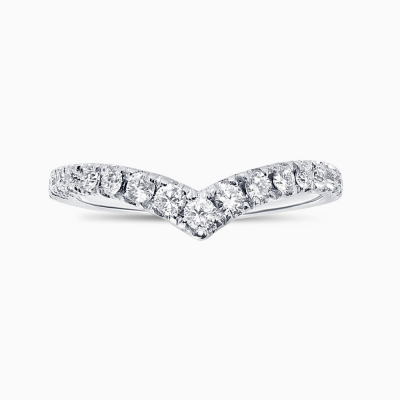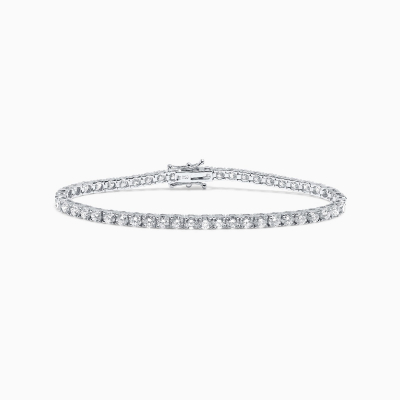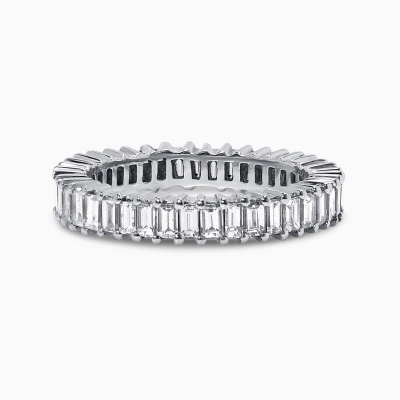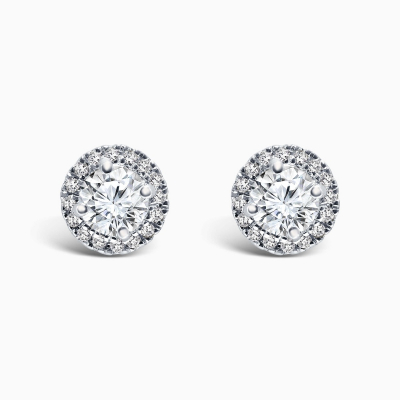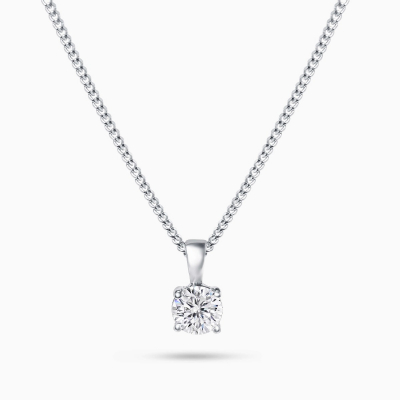GBP
/
GBP
/
Shipping to:
Currency:
DIAMOND OLD CUTS
Below, we are going to give you a brief overview about diamond old cuts antique diamonds.
When buying diamonds for yourself or as a gift for a loved one, you will probably be familiar with the concept of the four Cs. The colour, clarity, and carat weight are all fairly easy to understand but the cut is a slightly more complex situation - especially when dealing with old cuts.
This guide to old diamond cuts should provide valuable insight before buying antique diamond rings or jewellery.
VINTAGE DIAMOND CUTS VERSUS ROUND BRILLIANTS
Old diamond cuts are most commonly compared to round brilliants. Old cut diamonds are characterised by a sparkle that is deeper and warmer than the white sparkling effect of round brilliants. They also feature a round outline, high crown, and circular girdle. While round brilliants have 57 facets, old cut diamonds have 58 and are cut to maximise their size and clarity rather than their brilliance. Old cut diamonds tend to have a little less symmetry too, which is a result of being cut by hand.
As such, antique diamonds made using techniques that pre-date modern cutting techniques that have been used throughout the 20th and 21st centuries carry a unique story. The true beauty of their imperfections give old cut diamonds an extra charm that many buyers naturally gravitate towards. Their popularity is particularly noteworthy when purchasing engagement rings and wedding rings as the history of the hand-cut vintage diamonds sprinkles a little extra magic on the couple’s own story of love.
DIAMOND OLD CUTS EXPLAINED
As already stated, the term old cuts can be used to describe virtually any diamond that pre-dates the advancements of modern diamond cutting. However, the history of diamonds can be traced back to around 300 BC while they have been a part of European history food nearly 1,000 years too. Unsurprisingly, then, several distinct categories fall under the umbrella of old diamond cuts.
EUROPEAN DIAMOND CUTS
European diamond cuts, also known as the old European cut (OEC), is one of the most popular styles for antique diamond rings. The term most commonly relates to diamonds that were cut between 1890 and 1930, when advancements had started without reaching the modern diamond-cutting techniques that produce round brilliant diamonds. They were hand-crafted rather than machine cut, which gives each diamond its one-of-a-kind beauty.
The diamonds are identified by their deep body while the cutlet is generally larger and more open than would be expected from rounded brilliants. They also feature a larger, heavier crown while the facets are often flat. Given that this type of cut was extremely popular across the continent, combined with the fact that this era was only a century ago, means that antique jewellery featuring European diamond cuts is still relatively easy to find.
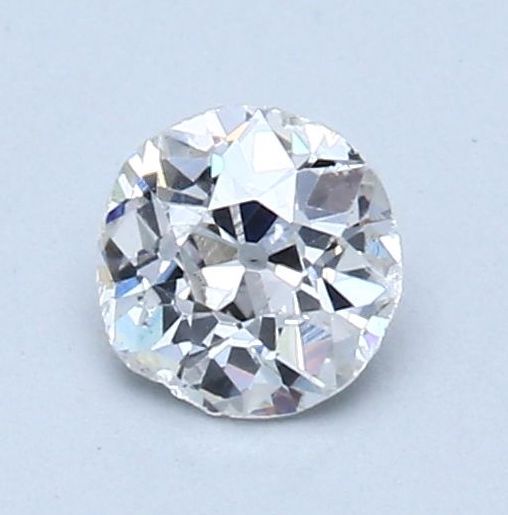
OLD MINE CUT DIAMONDS
Old mine cut diamonds are another extremely popular choice for fans of fine antique diamonds. The term originally indicated that diamonds had been spruced from India or Brazil but subsequently could be attributed to African-sourced diamonds that had been cut in the same style. Old mine diamond cuts were very popular in the 18th and 19th centuries but this fashion has not been used for generations. Nowadays, they are both rare and valuable.
Diamonds that fall under this category tend to feature a soft square shape with curved edges, a small table and a large cutlet. They often have chunky facets, which may be cut with various patterns and were originally designed to reflect in candlelight. The presence of a circle at the centre of a diamond’s small table is often a telltale sign that it is an old cut mine diamond from the 18th or 19th century too.
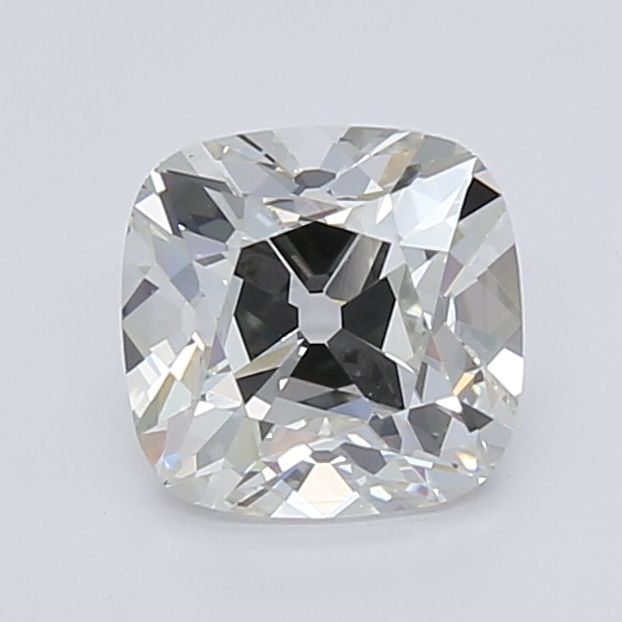
ROSE CUT DIAMONDS
Rose cut diamonds are instantly recognisable thanks to their flat bottoms and dome-shaped crowns that rise to a single apex. They take their name from the fact that they resemble the appearance of a rose bud, usually featuring between three and 24 distinct triangular facets. As with old mine cut antique diamonds, rose cut diamonds were designed to sparkle under candlelight as they pre-date electricity. In fact, they emerged in the 16th century.
The rose cut style was very popular in the Victorian and Georgian eras while they also offer a variety of shapes including round, oval, pear, kite, hexagon, and square. Thanks to the removal of the pointed bottom area, the diamonds carry less weight and subsequently offer a larger appearance than you might expect in relation to the carat of the diamond. So, when looking for an antique diamond that offers value and a rich history, this is a great choice.
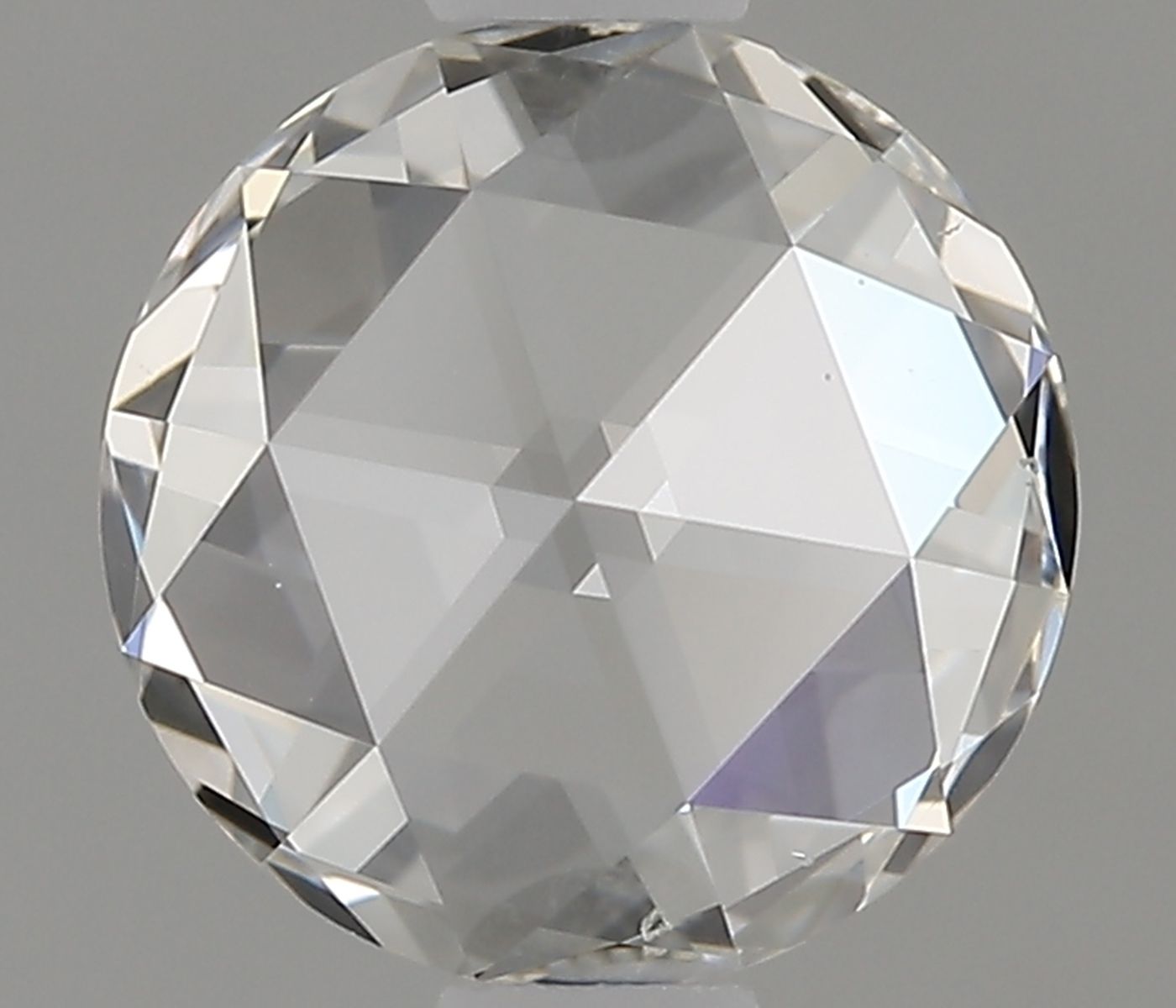
BRIOLETTE CUT DIAMONDS
Briolette diamonds gained notoriety in the 17th century and carried their popularity into the 18th century and beyond. They have a distinct appearance that is similar to the modern day pear-shaped diamonds cut by machines. They are rounded at the bottom and pointed towards the top, thus encouraging greater levels of brilliance. They were primarily cut with diamonds from India in sizes of 10 to 12 carats, although briolettes can be up to 50 carats.
The facets of a briolette cut diamond are triangular. Their popularity throughout the Victorian, Edwardian and Art Deco eras means that you can find antique briolette cut diamonds in a variety of designs. Coloured diamonds - especially in yellows and blues - are commonly seen in this type of antique jewellery too. This style of diamond is often seen in necklaces and bracelets. As a style that was lost to new cutting techniques, they are now seen as rare.
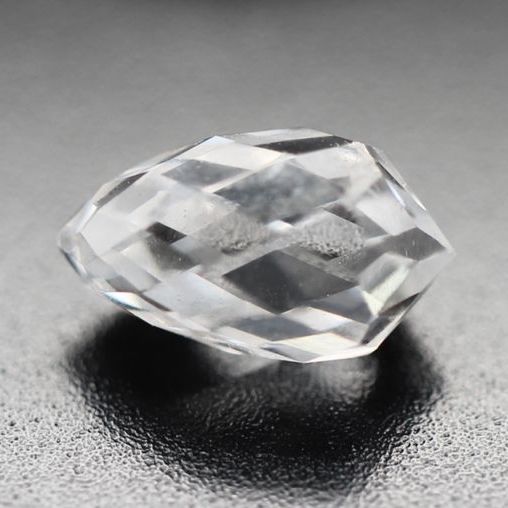
WHAT ELSE TO CONSIDER WHEN BUYING ANTIQUE DIAMONDS
As well as understanding the style and era of your antique diamond, it’s important to consider the shape, colour, carat, and other key attributes. Only then will you find the perfect piece for your collection or to mark the special occasion.
When choosing antique diamonds, the one-of-a-kind nature of each diamond means that imperfections can add to their beauty. However, as well as their sentimental value, you should be eager to gain a full understanding of their monetary value too.
Here at Reve Diamonds, we appraise all diamonds to provide clear results. Get in touch to find out more today.
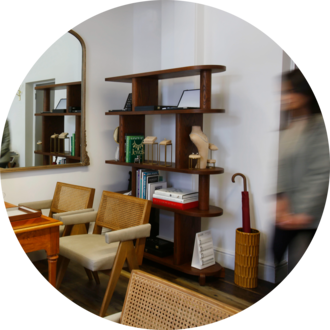
WHERE NEXT?
Looking to buy an old cut loose diamond or ring ?
Book a visit to our London Mayfair showroom or search through our diamonds inventory online.
Contact us:+44(0) 20 3585 2295

WHERE NEXT?
Looking to buy an old cut loose diamond or ring ?
Book a visit to our London Mayfair showroom or search through our diamonds inventory online.
Contact us:+44(0) 20 3585 2295







